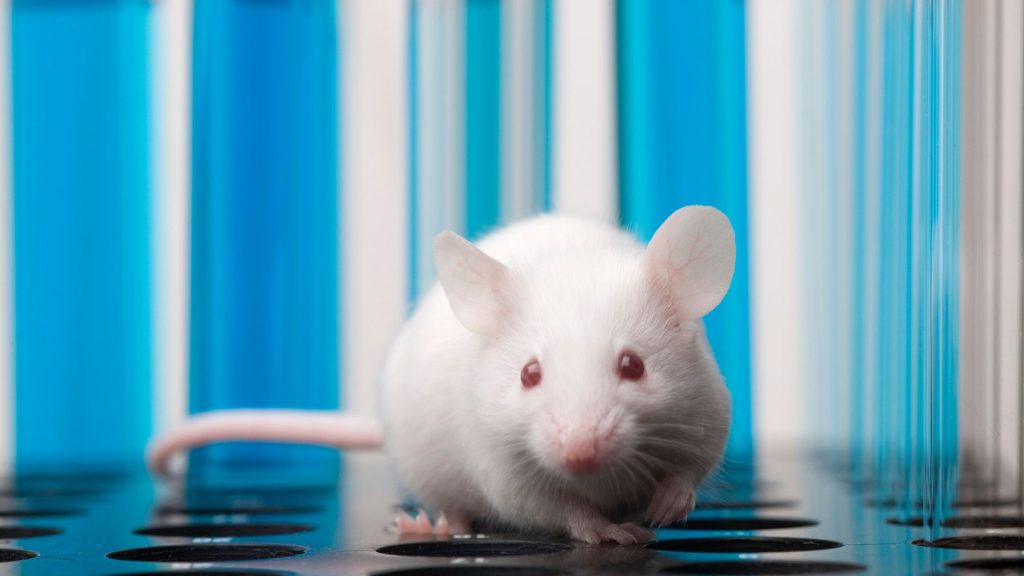Diabetes seriously affects people around the world. In the United States alone, as of 2021, approximately 29.7 million people of all ages, or 8.9% of the population, have been diagnosed with the disease.
According to the Centers for Disease Control and Prevention (CDC), 352,000 children and adolescents under the age of 20 have been diagnosed with diabetes, or 35 for every 10,000 young people in the United States.
Now, scientists at Mount Sinai and City of Hope have made a breakthrough in developing a new drug therapy that could essentially cure the disease.
Diabetes drug increases insulin-producing cells by 700%
A new study tested the drug in diabetic mice and showed a massive 700 percent increase in insulin-producing cells in just three months.
Catherine Charneski, editor of the study, commented that diabetes usually results from a deficiency of beta cells (pancreatic cells that make and release insulin to regulate blood sugar levels in the body) and a deficiency in beta cell mass.
Currently, there are no approved therapies to increase beta cell numbers, but in this new development, the authors showed that “combined treatment with a DYRK1A inhibitor and a GLP1R agonist significantly increased human beta cell mass transplanted into immunodeficient mice.”
Harmine (a natural molecule found in certain plants) works by inhibiting an enzyme in beta cells called DYRK1A, which acts like a GLP1 receptor agonist (the infamous Ozempic).
Experiments conducted on diabetic mice
Experiments were carried out using this drug combination in immunocompromised mice (with type 1 and type 2 diabetes), and the mass of human beta cells transplanted into the mice was significantly increased.
Insulin-producing cells develop in the body in just a few months.
of process The treatment worked in mice with both type 1 and type 2 diabetes, reversing the disease in just about three months, a condition that remained reversible even after treatment was stopped.
“Combination treatment for three months restored glucose homeostasis in a streptozotocin-induced diabetic model, an effect that persisted for at least a month after treatment was stopped,” Czarneski said.
Dr. Adolfo García Ocaña, corresponding author of the study, told New Atlas that this is the first time scientists have developed a drug treatment proven to increase the number of beta cells in adult humans in the body.
“This research offers hope that regenerative therapies may one day be used to treat hundreds of millions of people with diabetes,” he said.
Initial analysis of the study indicates that the observed effects are due to changes in beta cell proliferation, function and lifespan.
While the results may be promising, more research is needed to confirm the drug’s effectiveness for people suffering from this growing disease.
“Although promising, further studies will be needed to confirm the mechanism of action and to determine whether the therapeutic efficacy and safety of this approach translates to humans,” Czarneski said.
The study was published last week [July 10, 2024] In journal – Science Translational Medicine.
About the Editor
Shubhangi Dua As an eccentric and imaginative multimedia journalist with a Masters in Magazine Journalism, I am constantly coming up with fresh ideas and finding innovative ways to tell stories. I have dabbled in various media fields, from holding the pen as a writer, to capturing moments as a photographer and even strategizing on social media. With a creative mind and attention to detail, I have worked in the dynamic field of multimedia journalism and written on sports, lifestyle, arts, culture, health and wellbeing for Further Magazine, Alt.Cardiff and The Hindu. I am on a mission to create a media landscape that is as diverse as a Spotify playlist. From India to Wales and now England, my journeys have been full of adventures that inspire me to paint, cook and write.


